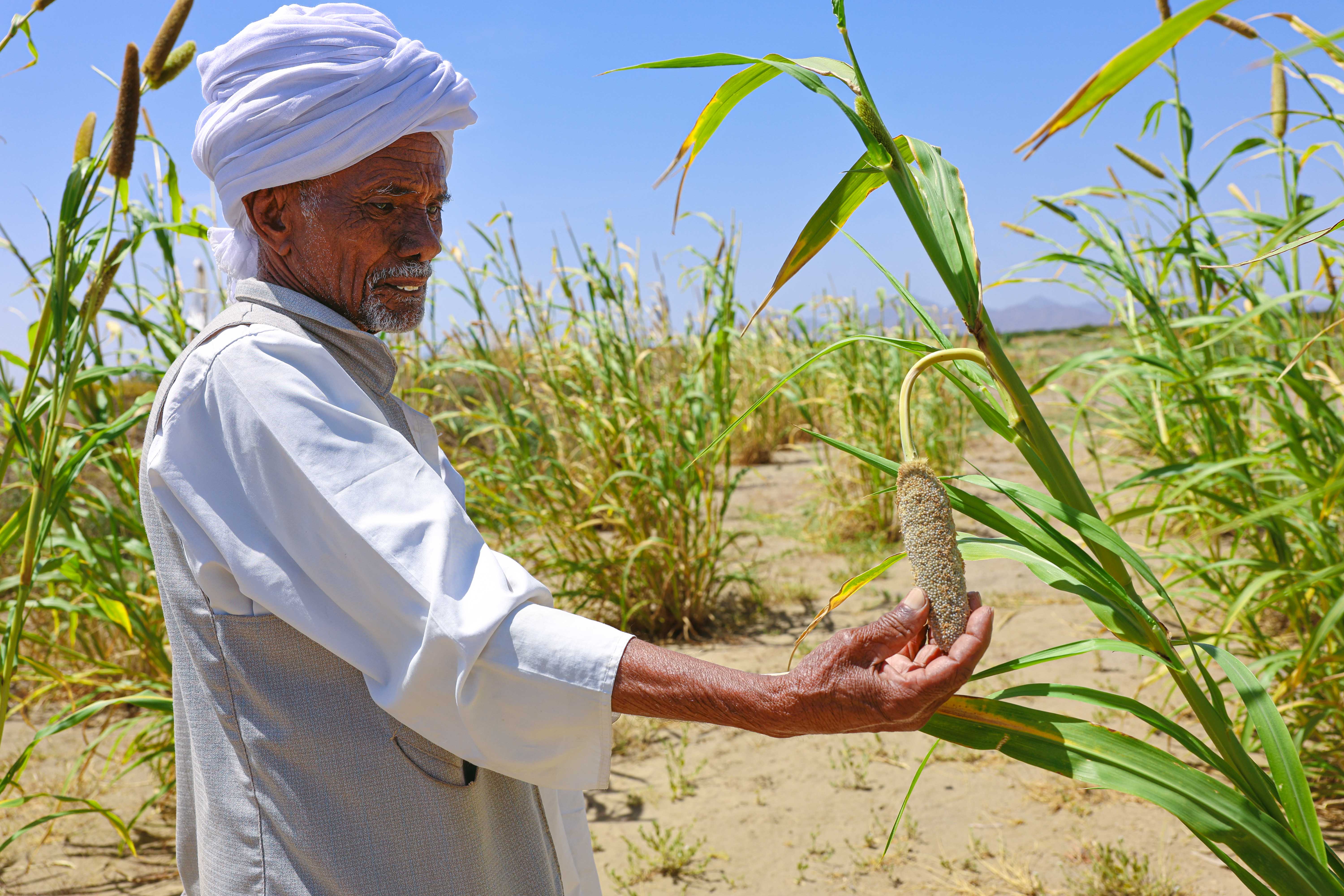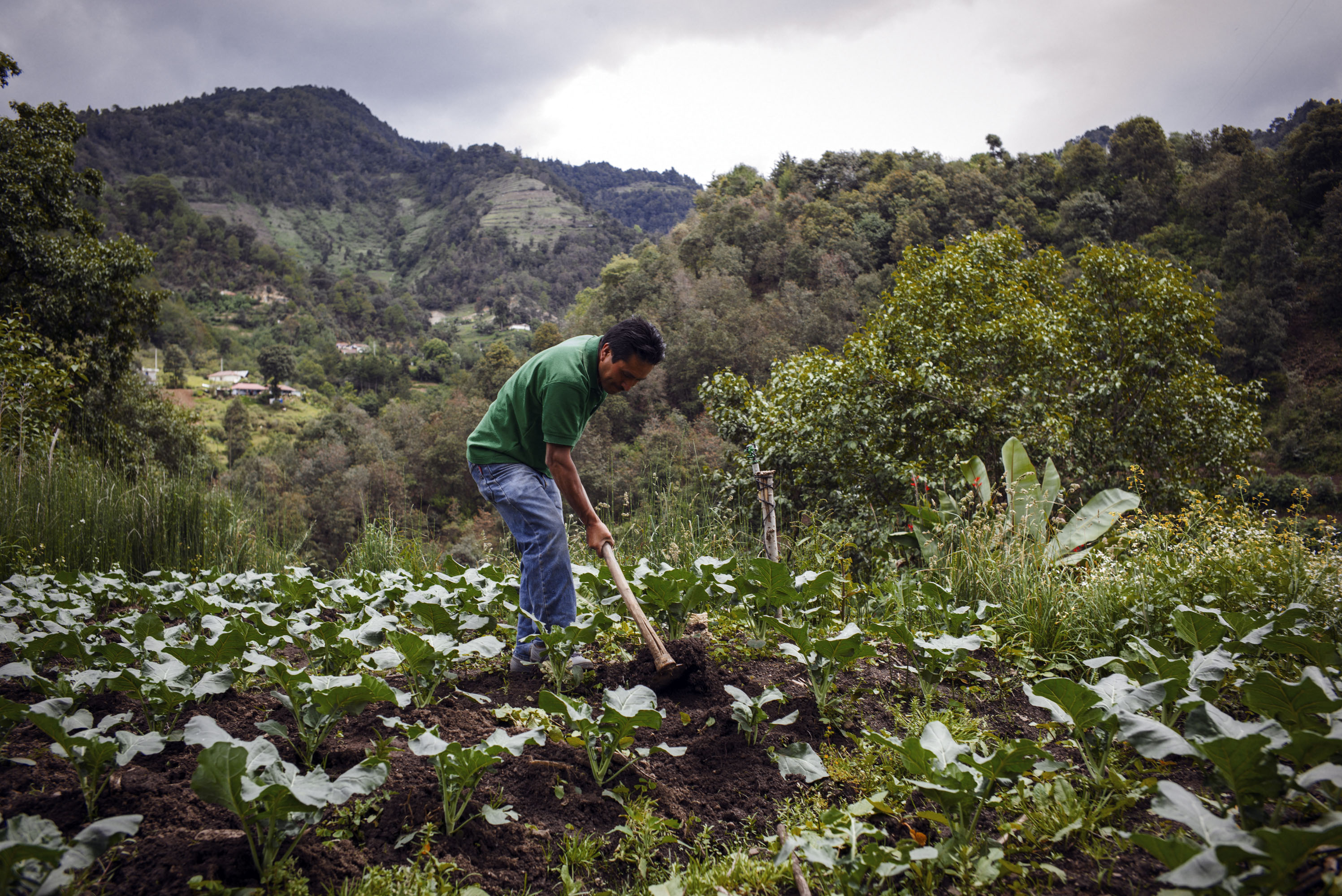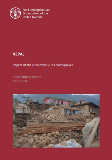
News
Carpe data, carpe DIEM
03/05/2024
How FAO's state-of-the-art data platform is speeding up emergency relief operations in Afghanistan and beyond

News
El Niño and La Niña: four crucial steps to build climate resilience
02/05/2024
At UNGA-ECOSOC event, FAO Deputy Director-General emphasizes the key role of anticipatory action in protecting and equipping communities ahead of shocks
Highlights

5 things you should know about how conflict in Sudan is devastating agriculture and people's food security
One year on from the start of the most recent hostilities in Sudan...
Anticipatory Actions to mitigate the impact of floods in the Sahel
16/04/2024
In 2022, West Africa experienced some of the worst flooding on record. Millions lost their homes. Thousands lost their lives. The heavy rainfall destroyed crops on close to three million hectares of farmland and killed more than one million head of livestock in six countries alone.
Irrigation Revival: How FAO is Transforming Lives in Rural Afghanistan
01/11/2023
In Ahangaran village of Bamiyan, water is vital for farmers. Traditional irrigation systems caused a severe water crisis. FAO rehabilitated 2,500 metres of irrigation canals, improving water supply for agriculture, households, and livestock.

In focus
Anticipatory action
FAO is forging a way for a faster, more effective humanitarian system by shifting from disaster response to anticipation.

In focus
Social protection
Worldwide, 80 percent of the extreme poor live in rural areas. Of these, 76 percent work in agriculture, and a great share of them relies on subsistence farming.
Publications

Ukraine: Emergency Response Plan, January–December 2024
16/05/2024
The war in Ukraine continues to compound the vulnerabilities of rural communities, especially those living near the frontline.
.tmb-th600x450.jpg?Culture=en&sfvrsn=64ac6b7_6)
Chad: Humanitarian Response Plan 2024
16/05/2024
Chad now has the seventh highest number of refugees in the world. This is putting pressure on the limited natural resources of host communities, already struggling to cope with years of armed conflict, socioeconomic challenges and recurrent natural hazards.

Nepal: Impact of the November 2023 earthquakes
10/05/2024
The earthquakes that affected the Karnali province in Nepal in November 2023 had a devastating effect on the livelihoods of the people living in the most affected districts.


